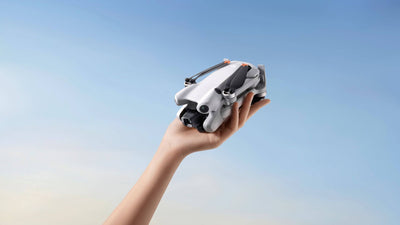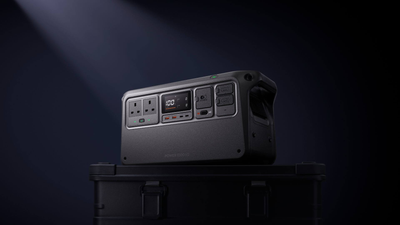DJI Dock 2 vs. DJI Dock 3: A Comprehensive Comparison
- by Simon Harris
As drone technology advances, so do the docking solutions that enable autonomous drone operations. DJI Dock 2 and DJI Dock 3 are cutting-edge solutions designed to enhance drone deployment, security, and efficiency. This article compares the two docks across key features such as regulatory compliance, data security, performance, and deployment capabilities.
Regulatory Compliance & Safety Features
Both DJI Dock 2 and Dock 3 are built with regulatory compliance in mind, featuring:
-
EU C6 labeling for compliance with European regulations.
-
DJI FTS (Flight Termination System) for enhanced operational safety.
-
Dock documentation templates for streamlined regulatory approvals.
-
BVLOS (Beyond Visual Line of Sight) capabilities, making them suitable for controlled airspace operations.
Enhanced Data Security
Security is a priority for enterprise drone operations. Both docks come equipped with:
-
ISO27001 and ISO27701 certifications, ensuring compliance with global data security and privacy standards.
-
On-premises FlightHub 2 support for complete control over data storage and operations.
-
DJI Data Security Whitepaper, detailing security measures to safeguard sensitive information.
Intelligent Automation with FlightHub 2
Both docks integrate seamlessly with DJI FlightHub 2, offering intelligent features such as:
-
Rest time detection to optimize operational efficiency.
-
Smart tracking for automatic object monitoring.
-
Change detection to identify environmental variations.
-
Automated flight routes for optimized mission execution.
Robustness & Reliability
DJI Dock 2:
-
Wind resistance: Up to 8m/s during takeoff.
-
Operating temperature: -25°C to 45°C.
-
IP Rating: IP55 (protection against dust and water ingress).
-
Charging time: 32 minutes.
DJI Dock 3:
-
Wind resistance: Up to 12m/s during takeoff.
-
Operating temperature: -30°C to 50°C.
-
IP Rating: IP56 (enhanced protection for extreme environments).
-
Charging time: 27 minutes, ensuring a faster turnaround.
Superior Performance & Flight Capabilities
Both docks support drones with a 54-minute maximum flight time and feature a laser rangefinder for precise positioning. Additionally, both systems enable 10-second rapid takeoff for immediate mission readiness, along with real-time terrain-following capabilities for flight safety.
Key Enhancements in Dock 3:
-
Updated takeoff logic eliminates the need for a propeller check, reducing response times.
-
GNSS module remains active for immediate mission execution.
-
Anti-icing propellers and improved air conditioning, enhancing reliability in extreme conditions.
-
Dock cover capable of opening with 10mm of ice, ensuring cold-weather operations.
Multi-Accessory Support
Both docking stations support key accessories for enhanced deployment:
-
D-RTK 3 for improved RTK signal performance.
-
Obstacle radar for safer flight operations.
-
Vehicle mount-up accessory (exclusive to Dock 3) for mobile deployments.
Mastering All Environments
DJI Dock 3 is designed for extreme environments with an IP65 rating, offering superior dust and water protection. It also supports dual-dock deployments, allowing seamless mission continuity between locations.
Mobile Deployment & Precision Landing
DJI Dock 3:
-
Vehicle-mounted deployment with an anti-vibration design for mobile operations.
-
Remote RTK calibration and level detection for optimized performance in dynamic environments.
-
SLAM-based precise landing techniques, ensuring accurate positioning.
-
Moving vehicle RTK calibration, enabling drone operations from mobile platforms.
DJI Dock 2:
-
Best suited for fixed-site deployments.
-
Offers high reliability but lacks mobile deployment capabilities of Dock 3.
Regulatory Compliance & Future-Proofing
Both docks are BVLOS-ready and comply with SORA (Specific Operations Risk Assessment), Remote ID standards, and third-party parachute compatibility. Additionally, DJI is working on deploying EU-based AWS servers in Frankfurt, Germany, to ensure compliance with GDPR regulations.
Conclusion: Which Dock is Right for You?
-
Choose DJI Dock 2 if you need a cost-effective, fixed deployment solution that offers strong regulatory compliance and security.
-
Choose DJI Dock 3 if you require a robust, mobile-ready docking system with enhanced takeoff speed, better RTK capabilities, and a higher IP rating for extreme conditions.
Both docking solutions represent the pinnacle of autonomous drone deployment, but Dock 3’s added mobility and durability make it ideal for organizations needing maximum flexibility and resilience.




